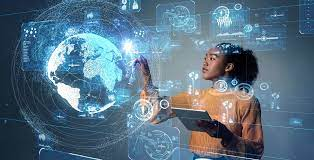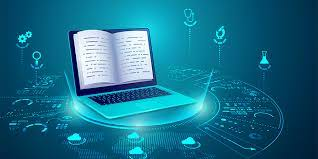Teachers can educate children more effectively if they have a good understanding of the latest technologies, apps and software. The accessibility of technology can help teachers to stay on top of the latest trends and improve the learning experience.
Digitalisation of education brings with it many benefits, including greater accessibility and flexibility. There is an endless amount of information on the internet, no matter how much expertise a teacher may have in their particular field. Technology allows us to access an infinite pool of information. Laptops and desktops are not available to all families, but students can still benefit from modern software in the classroom.
The technology can help with the quality of learning plans, by personalising them according to individual learning abilities, aptitudes, age, etc. Software and applications that offer personalised learning experiences can help students to learn at a pace that is in line with their current knowledge and growth. Teachers will find it easier to help students reach their full potential. As technology advances, it becomes more and more useful to use visuals and videos in the classroom to explain concepts. It can start with great Websites for schools. Visit www.fsedesign.co.uk/websites-for-schools for more details.
As the demand for digital skills in the modern workforce increases, integrating technology into education is the best way to prepare our younger generation for future employment. The young generation of today is a digital-only one, and can process and perceive information more quickly when using integrated learning models. Lessons are more interactive, immersive and engaging with a tech-enabled programme. Students have better tools to explore their creative abilities and design skills.
Digitisation makes quality education accessible worldwide to democratise education. Even the most reputable of universities offer digital learning and distance learning programmes to make education more accessible and reduce the gap in access. Both teachers and students are limited by the conventional teaching methods.
Blockchain technology in education has made it possible to process data and feedback from each student’s performance. This data can be used to evaluate the progress of students. Students can instantly be transported into the scientific world in order to understand concepts. With VR, students can learn how organs function and retain that knowledge for longer. They will also gain conceptual clarity about how each element in physics contributes to force and motion. Virtual reality tools make learning more exciting for students by exposing them to the vast world of science.


